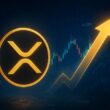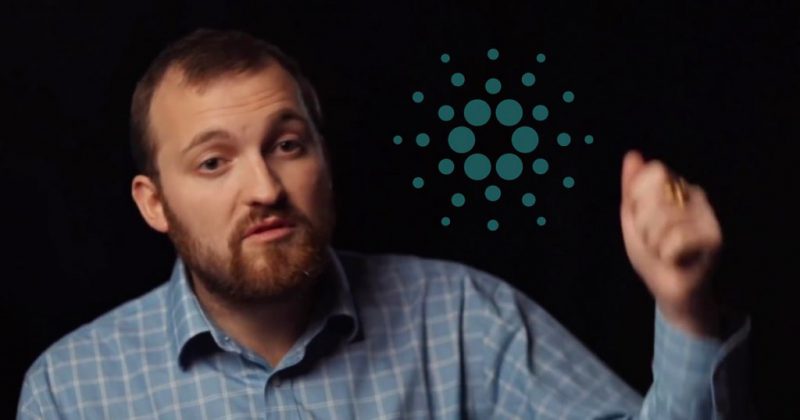Understandably, Cardano founder Charles Hoskinson has received a bit of flak lately for allegedly faking information about his college education. What cannot be explained, however, are unprecedented attacks on the network and native token ADA. Before diving into the network, let’s first get into the nitty-gritty of the situation at hand.
Background
A couple of days back, crypto-journalist Laura Shin pointed out discrepancies in Hoskinson’s statement about his college degrees and the school’s verdict on the same. Snapshots attached in the post revealed that Hoskinson had neither completed an undergrad degree nor applied to a Ph.D. degree as he had claimed earlier. Hoskinson had earlier called out Laura Shin’s new crypto book as a ‘work of fiction’.
The post started to make rounds on Twitter and Reddit and users had mixed reactions. While some backed Hoskinson, others drew comparisons to how Cardano has not delivered on promises and expectations set by the founder himself.
Before the Alonzo hard fork, Hoskinson said that there would be thousands of decentralized applications running on the network. Nearly two years later, dApps built on Cardano are struggling to exceed 70.
Balancing Act
Those backing Hoskinson, such as Ben Goertzel, CEO of SingularityNET, a decentralized marketplace for AI algorithms, downplayed the entire fiasco. “This is silly…Charles is way above the level of most PhD’s at understanding the math and CS underlying blockchain”
Twitter user @fouzad_nahdeh quoted the term ad hominim in which a personal attack is made argument rather than attacking the substance of the argument itself.
What is the matter at hand?
The Cardano ecosystem has had tapered growth since the Alonzo hard fork went live. Some expect that the network growth would continue to be slow especially due to the popularity of other ‘Ethereum Killers’ such as Avalanche and Solana.
However, the fact is that the network has bumped up its statistics for January and its future looks promising. Both were pointed out in a recent article. Additionally, the developers are working towards making Cardano a more competitive force in the market. Its layer 2-solution known as ‘Hyrdra’ is expected to increase the network’s speed to 1 Million tps, which is faster than what Avalanche and Solana currently offer. A proposal is also underway to increase Cardano’s block size from 72 KB to 80 KB.
Now that all the facts have been laid out, it’s up to other investors to decide on which side of the argument they belong. Regardless of the decision, one cannot deny that Cardano is looking to make inroads to the heightened expectations it set last year.





